There are many different types of squid, including the common squid (Loligo vulgaris), diamondback squid (Thysanoteuthis rhombus), Argentine squid (Illex argentinus), giant squid (Mesonychoteuthis hamiltoni), colossal squid (Architeuthis dux), and others.
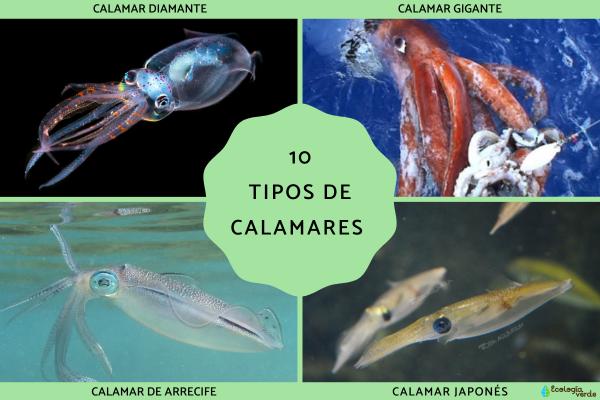
Common Squid (European Squid)
Diamond Squid
Argentine Squid
Colossal Squid
Giant Squid
Reef Squid
Humboldt Squid
Longfin Squid
Black Squid
Japanese Squid
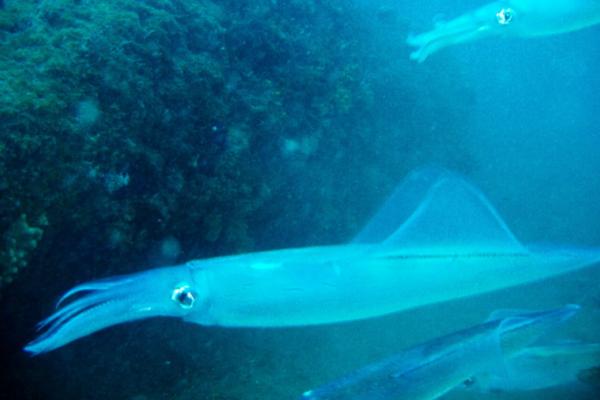
The common squid, or European squid, is one of the most abundant and commercially important species in the North Atlantic. It has a slender, cylindrical body up to 40 cm long and two rhomboid fins at the rear. The mouth is surrounded by ten appendages: eight short arms for grasping food and two long, sucker-covered tentacles for catching prey. Its high yield and tender texture make it a staple in global fisheries and cuisine.
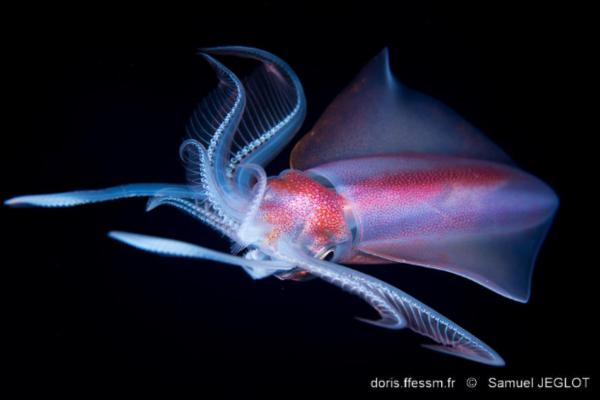
The diamond squid has a broad distribution in tropical and subtropical waters, sometimes reaching temperate areas influenced by warm currents. Its triangular fins inspired its common name. This species can reach up to 2 meters in length, with females producing gelatinous, pinkish egg masses that float at the ocean surface. Overfishing poses a threat to wild populations.
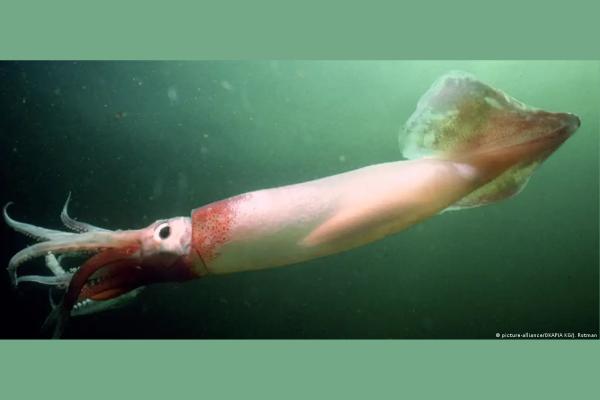
The Argentine squid inhabits the South American coastline from Brazil and Argentina to the Falkland Islands and southern Chile. It mainly feeds on crustaceans, fish, and other cephalopods. Females are typically larger than males; males possess a modified arm for transferring spermatophores. Highly productive, the Argentine squid is one of the world's most abundant commercially fished squid.
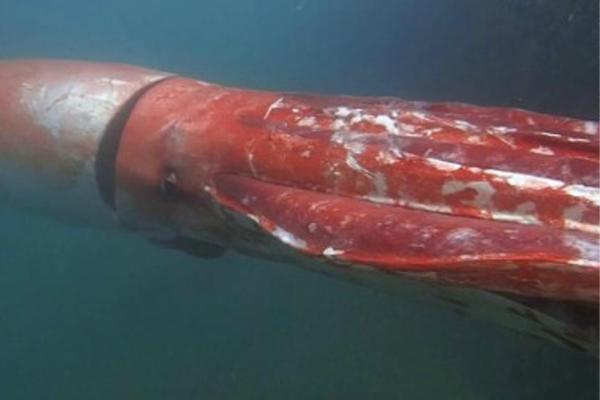
The colossal squid, found in Antarctic waters, is the largest known squid species, reaching lengths of up to 15 meters and weights of 750 kg. It possesses the largest eyes in the animal kingdom, adapted for deep-sea low light. Its tentacles are armed with sharp, rotating hooks, making it an efficient predator. Its primary natural enemy is the sperm whale.
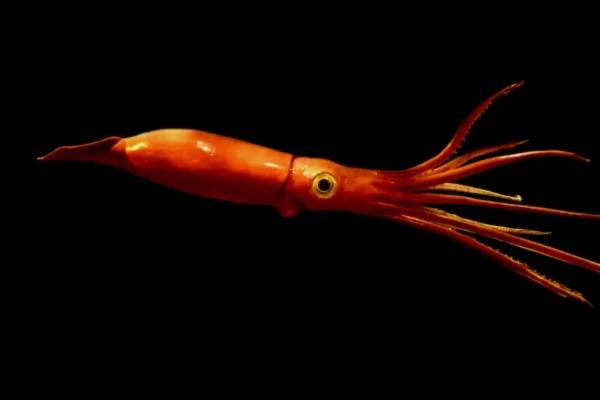
The giant squid is famous for its immense size, growing up to 13 meters long. Its distribution is not well known but includes the North Atlantic, North Pacific, South African, and New Zealand waters. It inhabits mesopelagic depths and preys on fish and other cephalopods using its long, sucker-lined tentacles. Both giant and colossal squids are main prey for sperm whales. Due to high ammonium levels in their tissue, they are not a commercial fishing target.
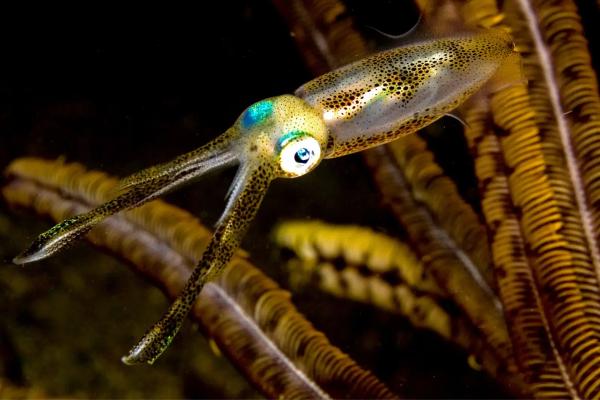
Reef squids are small, inhabiting shallow coral reefs and seagrass beds in the Atlantic and Caribbean. Their abundant chromatophores allow them to rapidly change color and pattern for camouflage or communication. Males use color displays during courtship as females often mate with multiple partners in one spawning period.
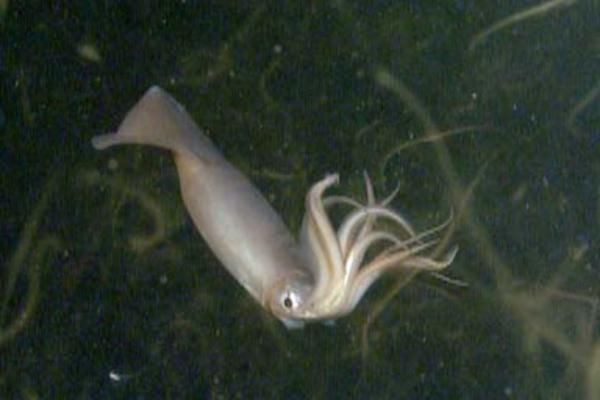
The Humboldt or jumbo flying squid is a large, migratory species found off the coasts of Peru, Mexico, Chile, and the United States. It is an active predator, feeding on various pelagic fish, crustaceans, and even other squids. Due to its commercial value and abundance, Humboldt squid fisheries have expanded rapidly, but concerns about overfishing and its ecological role remain.
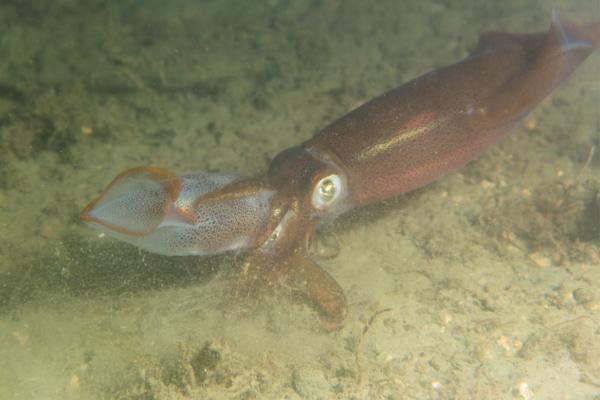
The longfin squid inhabits the Atlantic continental shelf from southern Newfoundland to the Gulf of Venezuela, the Gulf of Mexico, and the Caribbean. It is a fast swimmer with long fins, migrating seasonally for spawning and feeding. Smaller individuals eat benthic organisms, while larger ones prey on fish and crustaceans. Most individuals live less than a year.
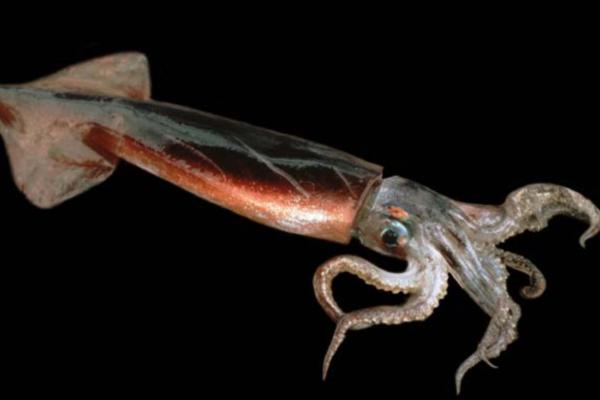
The black squid is found in the Antarctic Polar Front region, including the Patagonian Shelf, Macquarie Island, Cape Horn, and southern New Zealand. It plays a crucial role in the Antarctic food web, replacing fish in upper trophic levels and serving as a main food source for several albatross species.
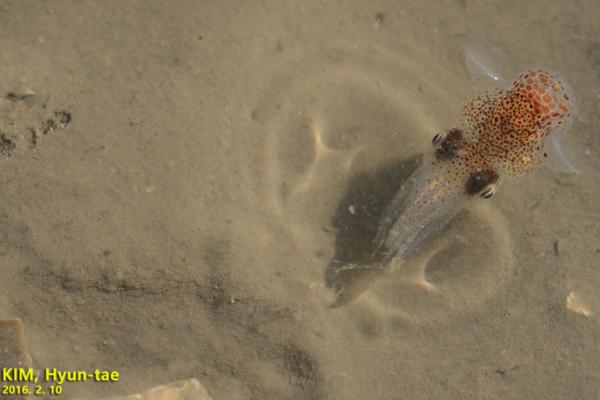
The Japanese squid is small and common in shallow coastal waters of Vietnam, China, Taiwan, and Japan. It has a compact, conical-cylindrical body with heart-shaped fins. Heavy fishing pressure threatens this species due to its abundance and the intensity of local fisheries.
These 10 squid species represent the diversity and ecological importance of squids worldwide. Understanding their types and features is essential for marine research, sustainable fisheries, and appreciating the wonders of ocean biodiversity.
animal tags: squid
We created this article in conjunction with AI technology, then made sure it was fact-checked and edited by a Animals Top editor.